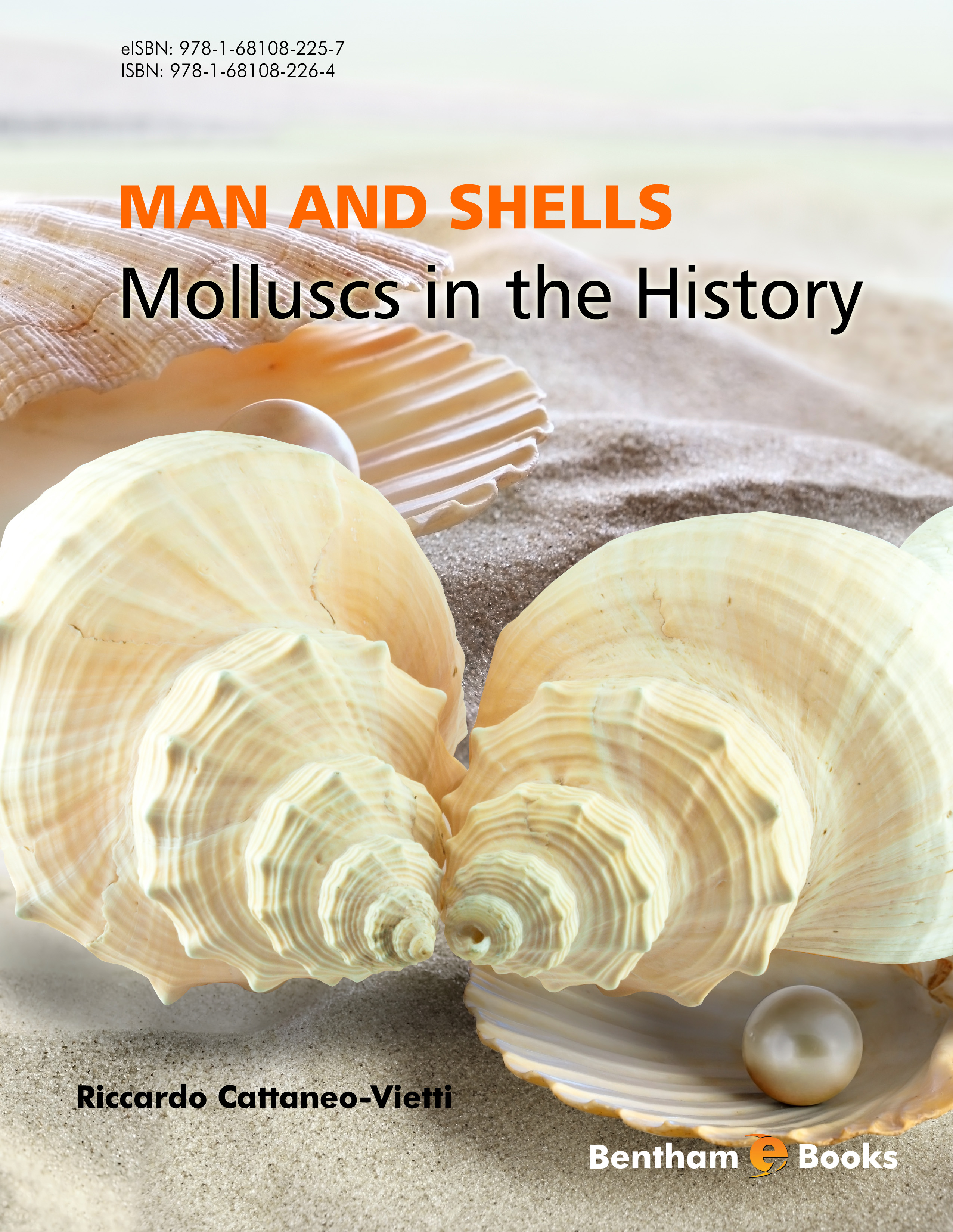Browse Books

MCQs Series for Life Sciences: Volume 1
Oct 2014
Book
Today's academic environment presents assessment challenges defined by an increased volume of available information coupled with increased competition among students and time constraints. Multiple choice questions (MCQs) provide examiners with an opportunity to assess academic performance on the basis of instant recollection of correct answers in a minimal amount of time. MCQs Series for Life Sciences Volume 1 is a collection of MCQs on advance Read More

MCQs Series for Life Sciences: Volume 2
Mar 2018
Book
Today's academic environment presents assessment challenges defined by an increased volume of available information coupled with increased competition among students and time constraints. Multiple choice questions (MCQs) provide examiners with an opportunity to assess academic performance on the basis of instant recollection of correct answers in a minimal amount of time. MCQs Series for Life Sciences Volume 2 is a collection of MCQs on advance Read More
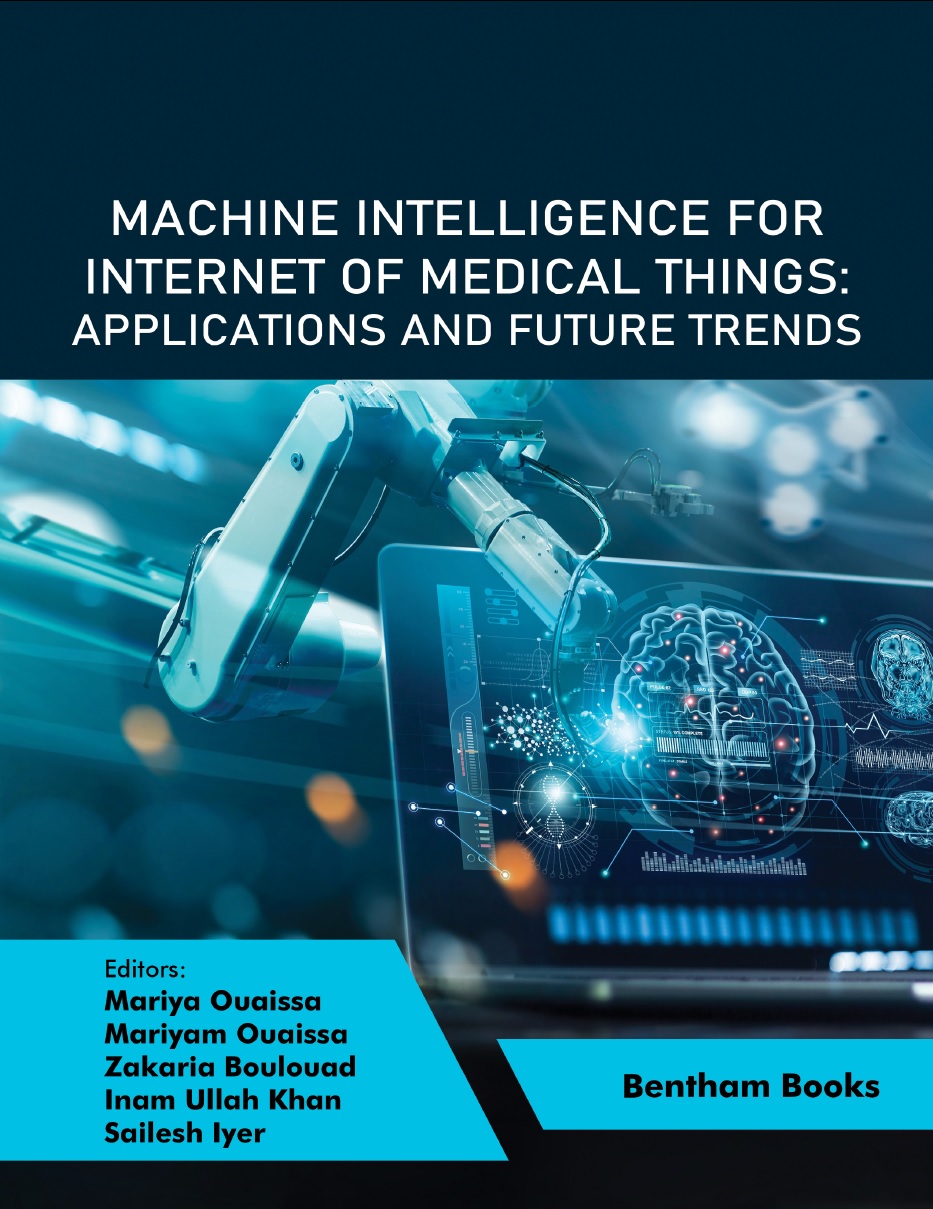
Machine Intelligence for Internet of Medical Things: Applications and Future Trends
May 2023
Book
Mariya Ouaissa,
Mariyam Ouaissa,
Zakaria Boulouad,
Inam Ullah Khan and
Sailesh Iyer
This book presents use-cases of IoT AI and Machine Learning (ML) for healthcare delivery and medical devices. It compiles 15 topics that discuss the applications opportunities and future trends of machine intelligence in the medical domain. The objective of the book is to demonstrate how these technologies can be used to keep patients safe and healthy and at the same time to empower physicians to deliver superior care. Readers will be f Read More
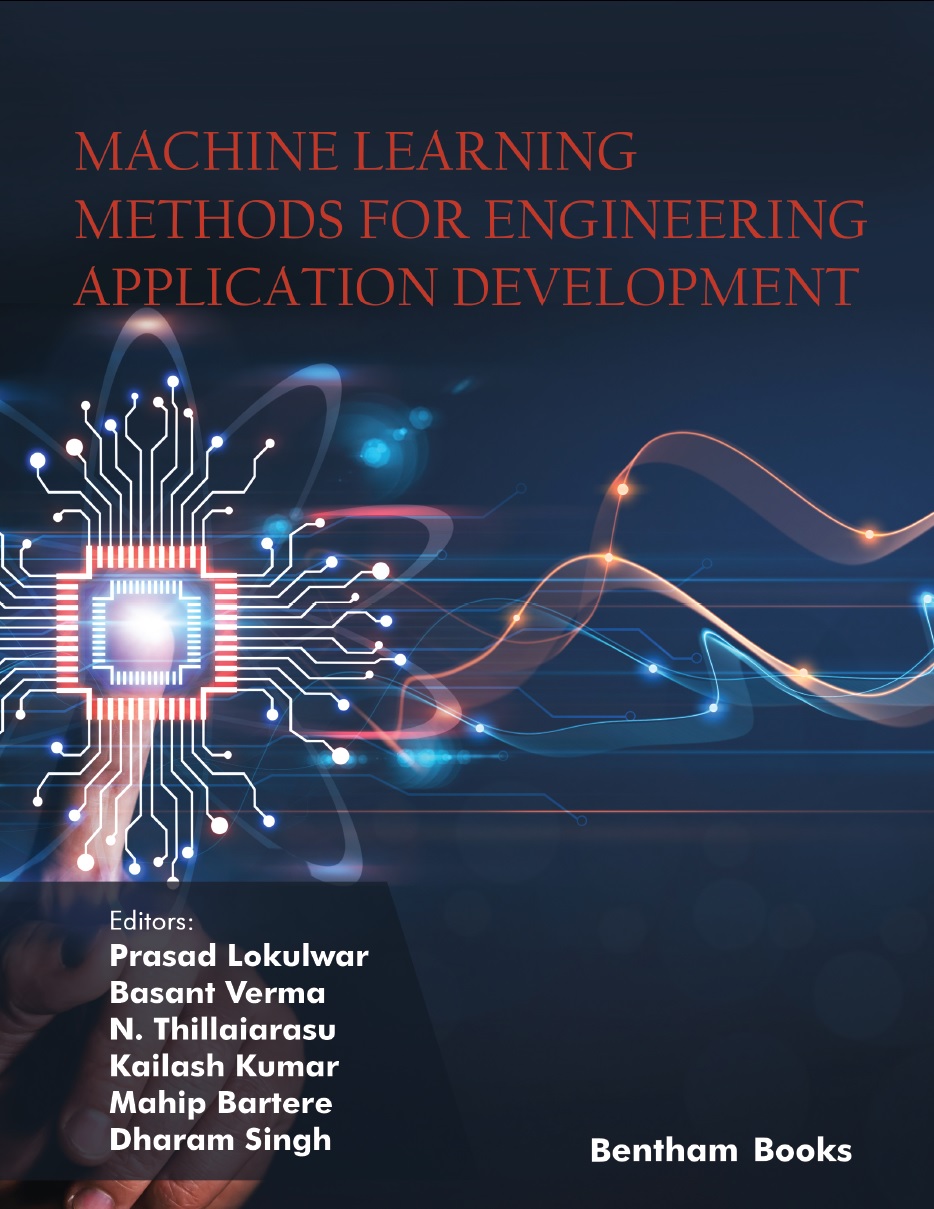
Machine Learning Methods for Engineering Application Development
Nov 2022
Book
Prasad Lokulwar,
Basant Verma,
N. Thillaiarasu,
Kailash Kumar,
Mahip Bartere and
Dharam Singh
This book is a quick review of machine learning methods for engineering applications. It provides an introduction to the principles of machine learning and common algorithms in the first section. Proceeding chapters summarize and analyze the existing scholarly work and discuss some general issues in this field. Next it offers some guidelines on applying machine learning methods to software engineering tasks. Finally it gives an outlook into some of the fut Read More
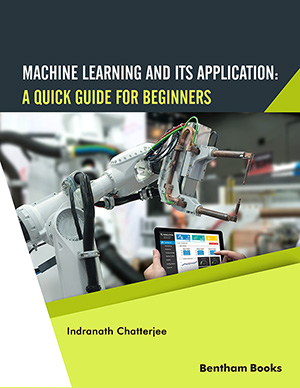
Machine Learning and Its Application: A Quick Guide for Beginners
Dec 2021
Book
Machine Learning and Its Application: A Quick Guide for Beginners aims to cover most of the core topics required for study in machine learning curricula included in university and college courses. The textbook introduces readers to central concepts in machine learning and artificial intelligence which include the types of machine learning algorithms and the statistical knowledge required for devising relevant computer algorithms. The book also covers Read More
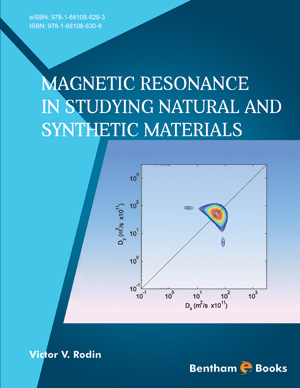
Magnetic Resonance in Studying Natural and Synthetic Materials
Oct 2018
Book
This book describes nuclear magnetic resonance (NMR) methods which are used to study translational dynamics of molecules in different complex systems including systems made of synthetic and natural polymers tissues and the porous heterogeneous systems of different types such as cement and wood. The results of proton spin-lattice and spin-spin relaxation cross-relaxation pulse field gradient (PFG) NMR in studying diffusion properties and dynamics Read More
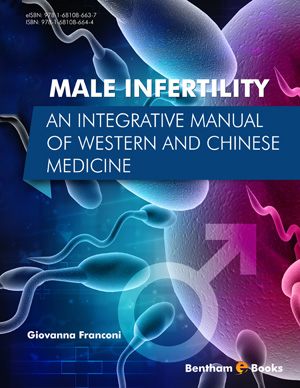
Male Infertility: An Integrative Manual of Western and Chinese Medicine
Jun 2018
Book
Male Infertility: An Integrative Manual of Western and Chinese Medicine is a holistic manual on male infertility for the medical practitioner. The book integrates the conventional (or Western) medical approach to male infertility with traditional Chinese medicine. Key Features: - information about several aspects of male reproductive medicine (anatomy physiology diagnosis fertility treatments) - information about the role of traditional Chinese medi Read More
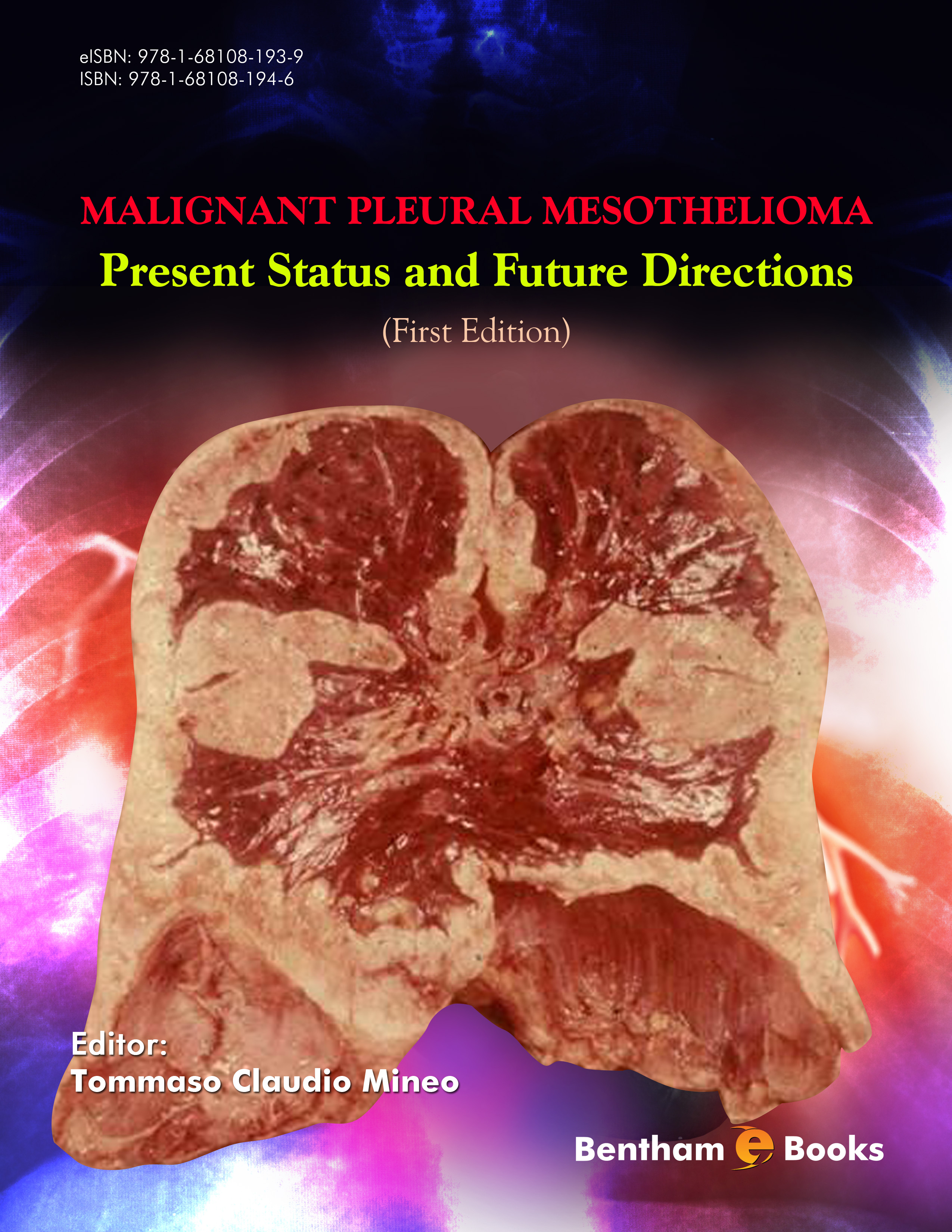
Malignant Pleural Mesothelioma: Present Status and Future Directions
Feb 2016
Book
Malignant pleural mesothelioma is a life-threatening neoplasm of the mesothelium the layer of tissue that covers many organs in the human body. The incidence of this type of neoplasm is gradually increasing among the global human population. Mesothelioma prognosis in patients is usually poor and their life expectancy is significantly reduced. This edited monograph presents holistic information about malignant mesothelioma in one volume. Reade Read More

Management of Osteoarthritis - A Holistic View
Mar 2017
Book
Ashish Anand
Frontiers in Arthritis is an eBook series devoted to publishing the latest and the most important advances in arthritis research. Each volume brings together contributions from rheumatologists ad orthopedic specialists on the diagnosis management and treatment of arthritis. The series also puts a focus on strategies for managing pain in patients in both pre and post operative situations. Management of Osteoarthritis - A holistic view provides informat Read More

Manual of Child Neurology: Problem Based Approach to Common Disorders
May 2012
Book
Since the last century remarkable advances at both the basic and clinical levels have considerably improved our ability to evaluate and treat children with neurological disorders. Many cases seen by general pediatricians are primarily neurological accounting for up to 30% of all consultations to pediatrics with a high ratio of follow-up visits to new patients of about 3:1. This manual is a neurology reference for medical students and pediatric residents and is Read More
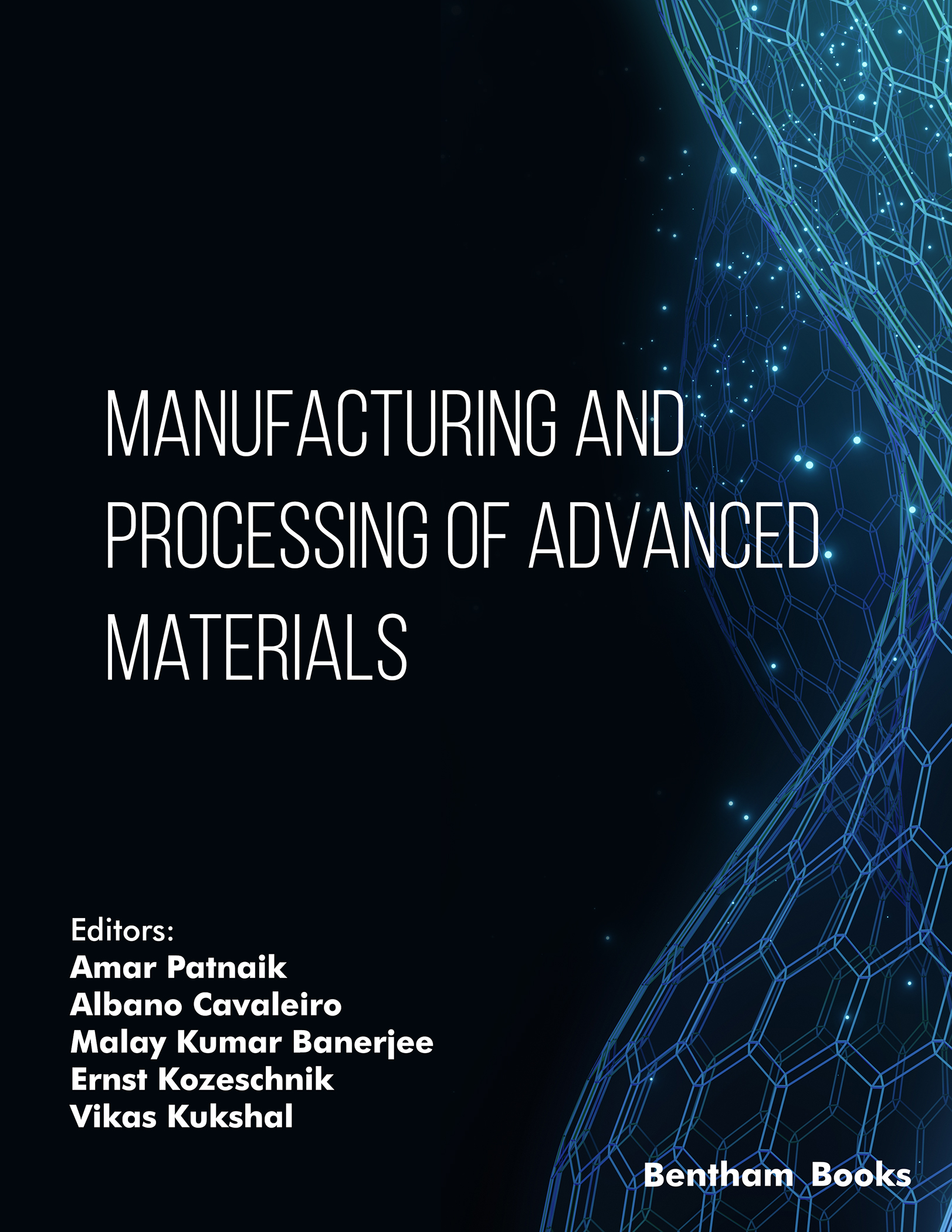
Manufacturing and Processing of Advanced Materials
Dec 2023
Book
Amar Patnaik,
Albano Cavaleiro,
Malay Kumar Banerjee,
Ernst Kozeschnik and
Vikas Kukshal
Explore the world of advanced materials and their manufacturing processes through this authoritative and enlightening reference. Discover how these innovations are shaping the future of high-tech industries and making a profound impact on our world. Manufacturing and Processing of Advanced Materials compiles current research and updates on development efforts in advanced materials manufacturing and their engineering applications. The book Read More
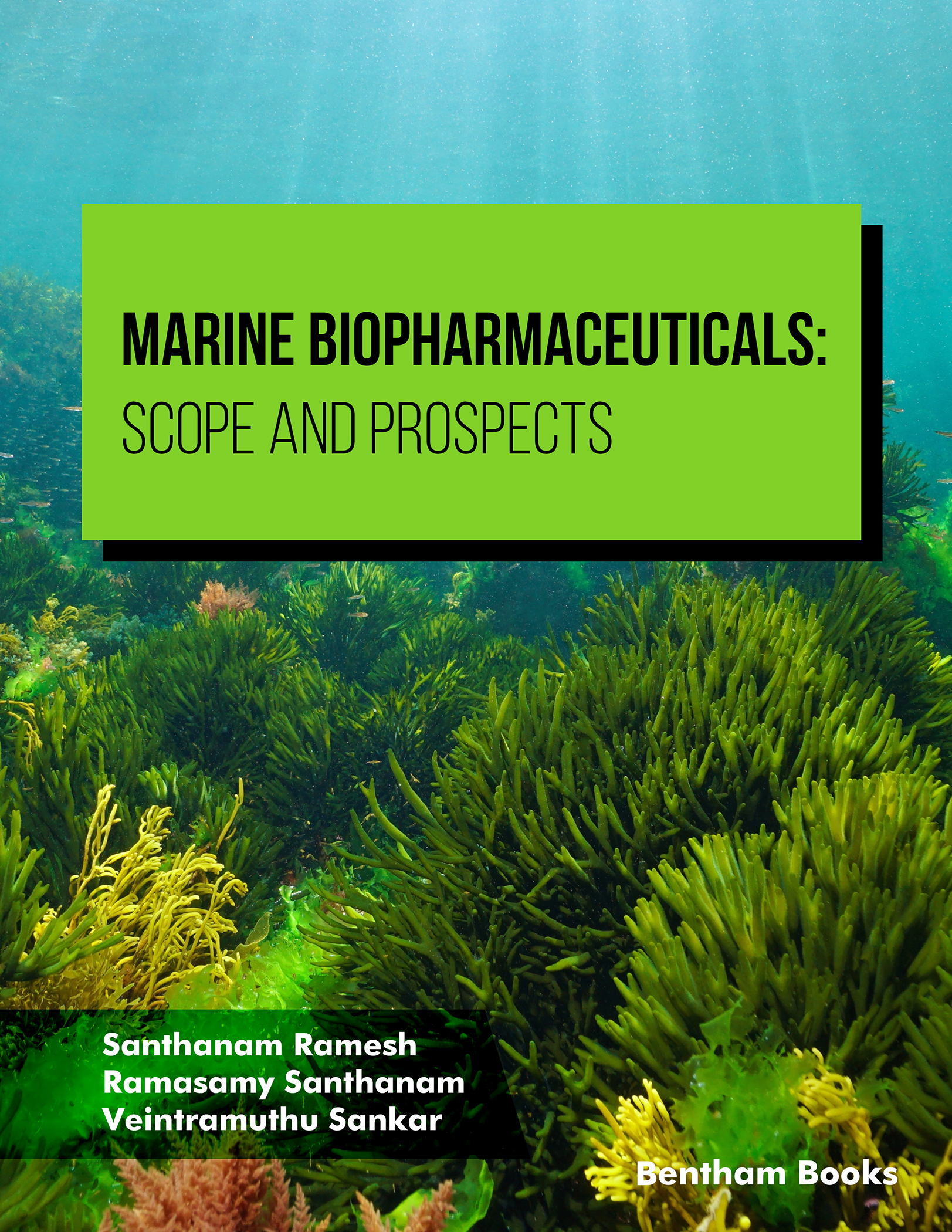
Marine Biopharmaceuticals: Scope and Prospects
Feb 2024
Book
Marine Biopharmaceuticals: Scope and Prospects is a collaboration of experts in pharmacology biology and biochemistry with a focus on Marine Bioprospecting. The book provides an in-depth exploration of promising pharmaceutical compounds found in various marine biota and their therapeutic applications. The comprehensive contents cover marine ecosystems marine biopharmaceutical and delve into the chemistry and therapeutic appli Read More
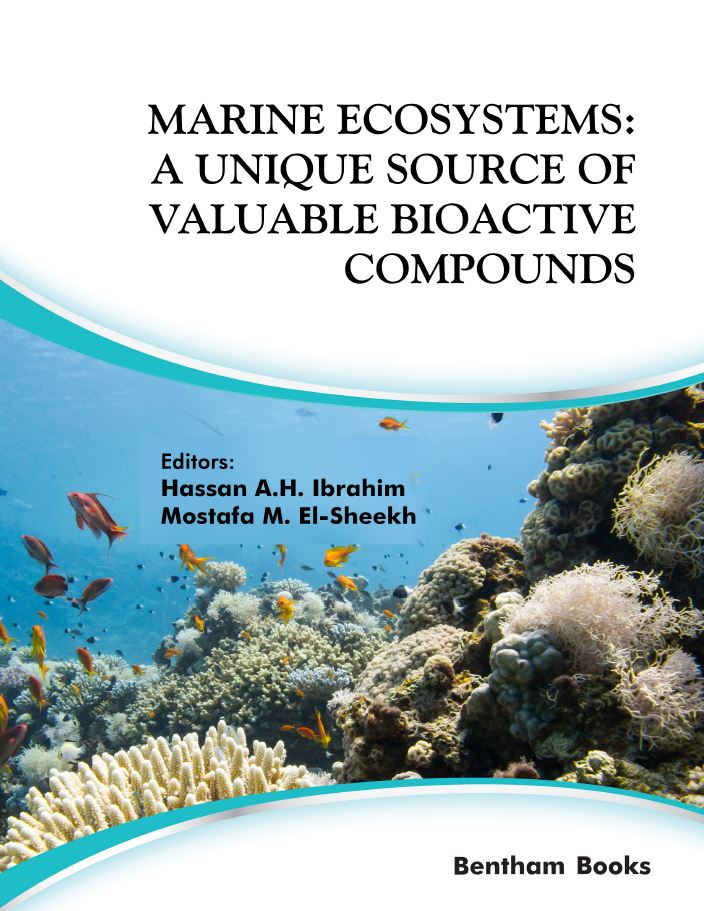
Marine Ecosystems: A Unique Source of Valuable Bioactive Compounds
Nov 2023
Book
Hassan A.H. Ibrahim and
Mostafa M. El-Sheekh
This reference highlights the significance of marine ecosystems encompassing seaweed beds seagrasses coral reefs mangroves estuaries and protected areas as a remarkable gateway to overcoming healthcare challenges and unlocking a rich trove of bioactive compounds for drug discovery.One of the key highlights of this book is its exploration of the development of marine bio-drugs a field that demands collaboration among scientists from both aca Read More
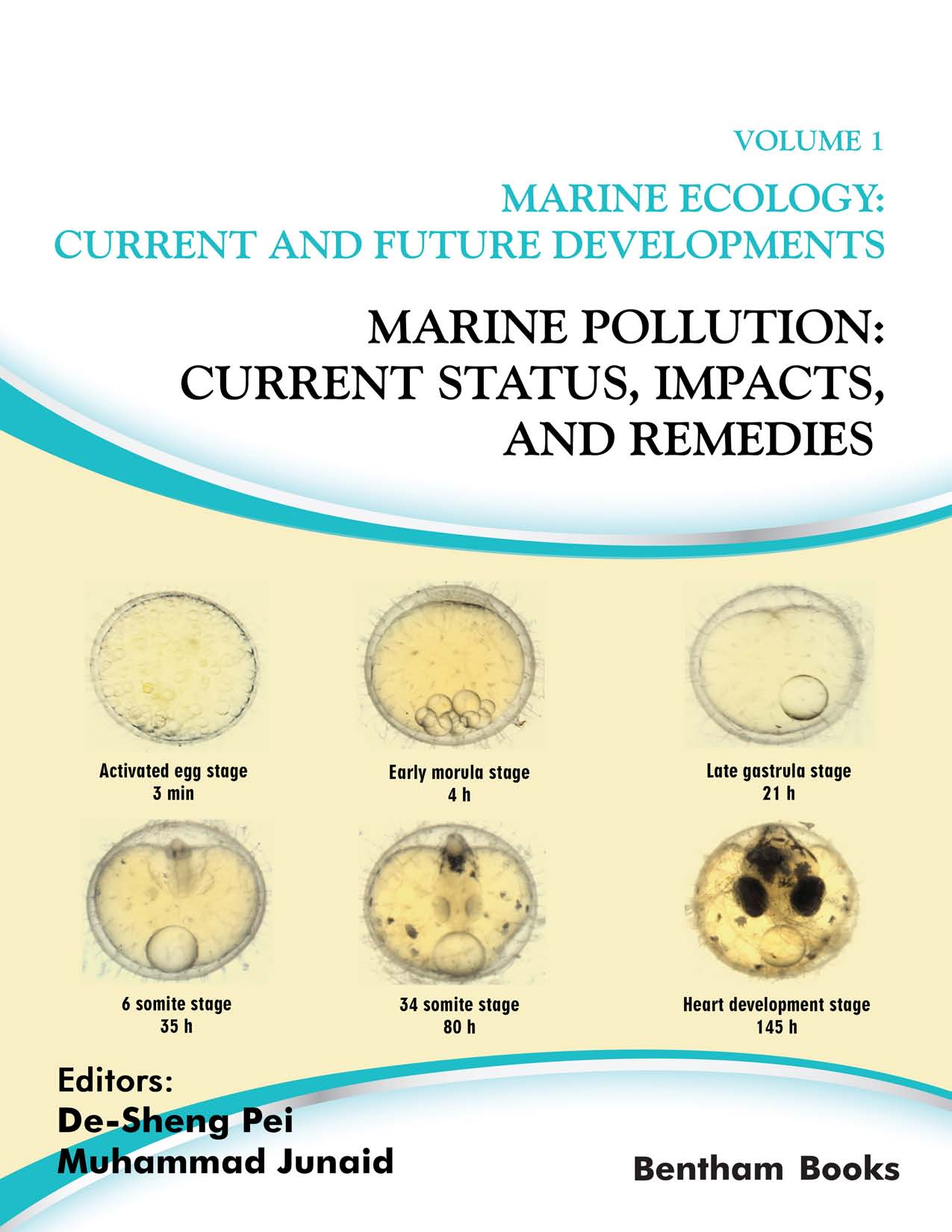
Marine Pollution: Current Status, Impacts, and Remedies
Aug 2019
Book
De Sheng Pei and
Muhammad Junaid
While oceans are vast they represent a fragile resource that must be protected if we want to protect our livelihoods and our planet. Marine pollution has been a topic of concern for a long time and it has recently attracted the attention of scientists environmentalists economists politicians and journalists in mainstream media.Besides providing food transportation routes and other resources the oceans serve as a heat absorbing sink which offsets the Read More
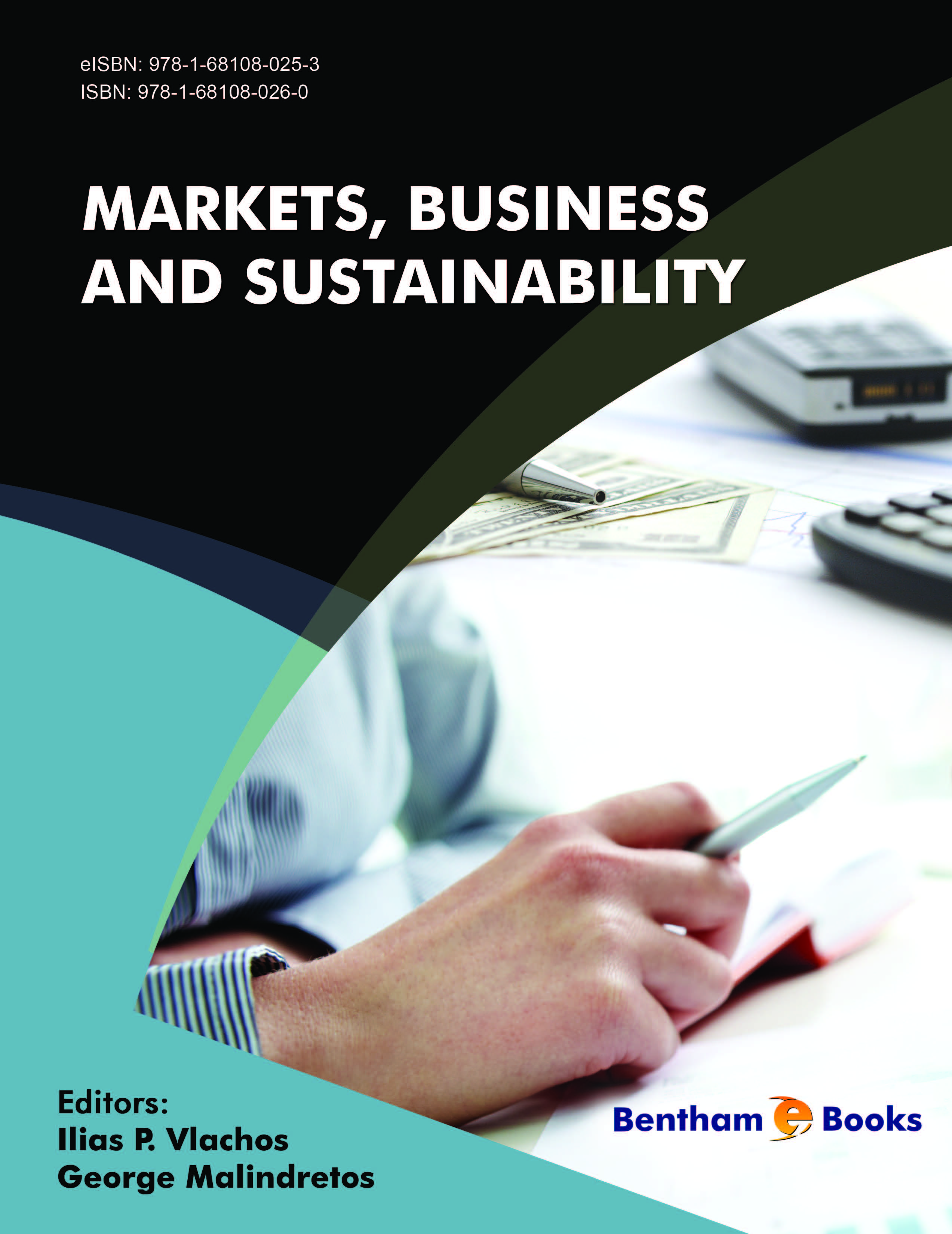
Markets, Business and Sustainability
Mar 2015
Book
Ilias P. Vlachos and
George Malindretos
Many studies on environmental and business sustainability have been conducted over the last couple of decades. These studies demonstrate that the concept of sustainability management can be applied to several industries. Consumers around the globe are increasingly interested in sustainable consumption and they turn their attention into sustainable products thus campaigning for banning companies and supply chains that do not operate under sustaina Read More
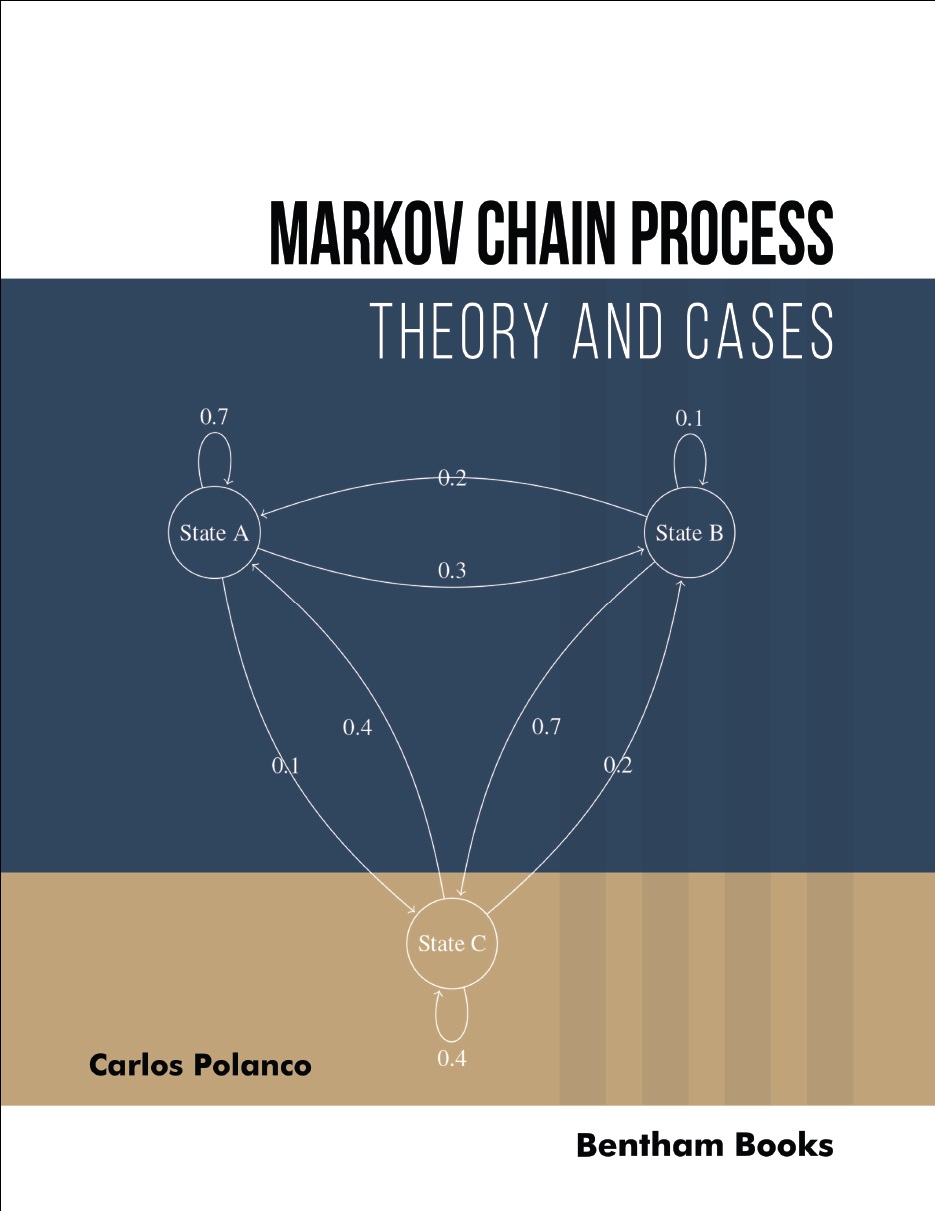
Markov Chain Process: Theory and Cases
Jun 2023
Book
Markov Chain Process: Theory and Cases is designed for students of natural and formal sciences. It explains the fundamentals related to a stochastic process that satisfies the Markov property. It presents 10 structured chapters that provide a comprehensive insight into the complexity of this subject by presenting many examples and case studies that will help readers to deepen their acquired knowledge and relate learned theory to practice. This book is divi Read More
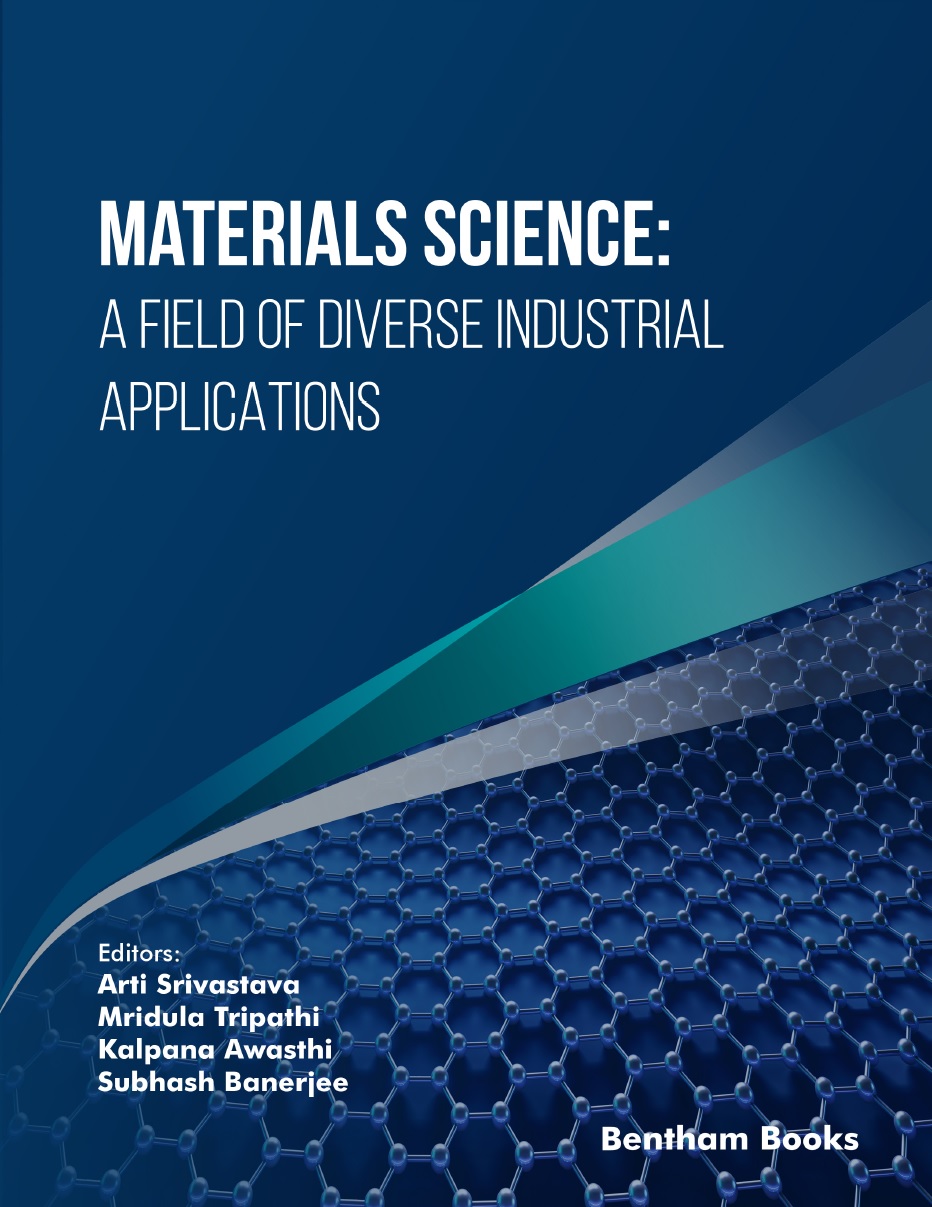
Materials Science: A Field of Diverse Industrial Applications
Jul 2023
Book
Arti Srivastava,
Mridula Tripathi,
Kalpana Awasthi and
Subhash Banerjee
Materials Science: A Field of Diverse Industrial Applications provides a comprehensive overview of recent developments in new materials and their applications across various fields. With ten chapters from reputed experts in materials chemistry the book covers a wide range of topics including thin-film nanomaterials (including chalcogenide zinc oxide and barium fluoride thin films) multiferroic nanoceramics synthetic nanofibers and polymer elect Read More

Mechanical Engineering Technologies and Applications: Volume 1
Nov 2021
Book
Zied Driss
This book focuses on cases and studies of interest to mechanical engineers and industrial technicians. The considered applications in this volume are widely used in several industrial fields particularly in the automotive and aviation industries. Readers will understand the theory and techniques which are used in each application covered in each chapter.The book contents include the following topics:Numerical analysis of hydrokinetic turbinesComputational Read More
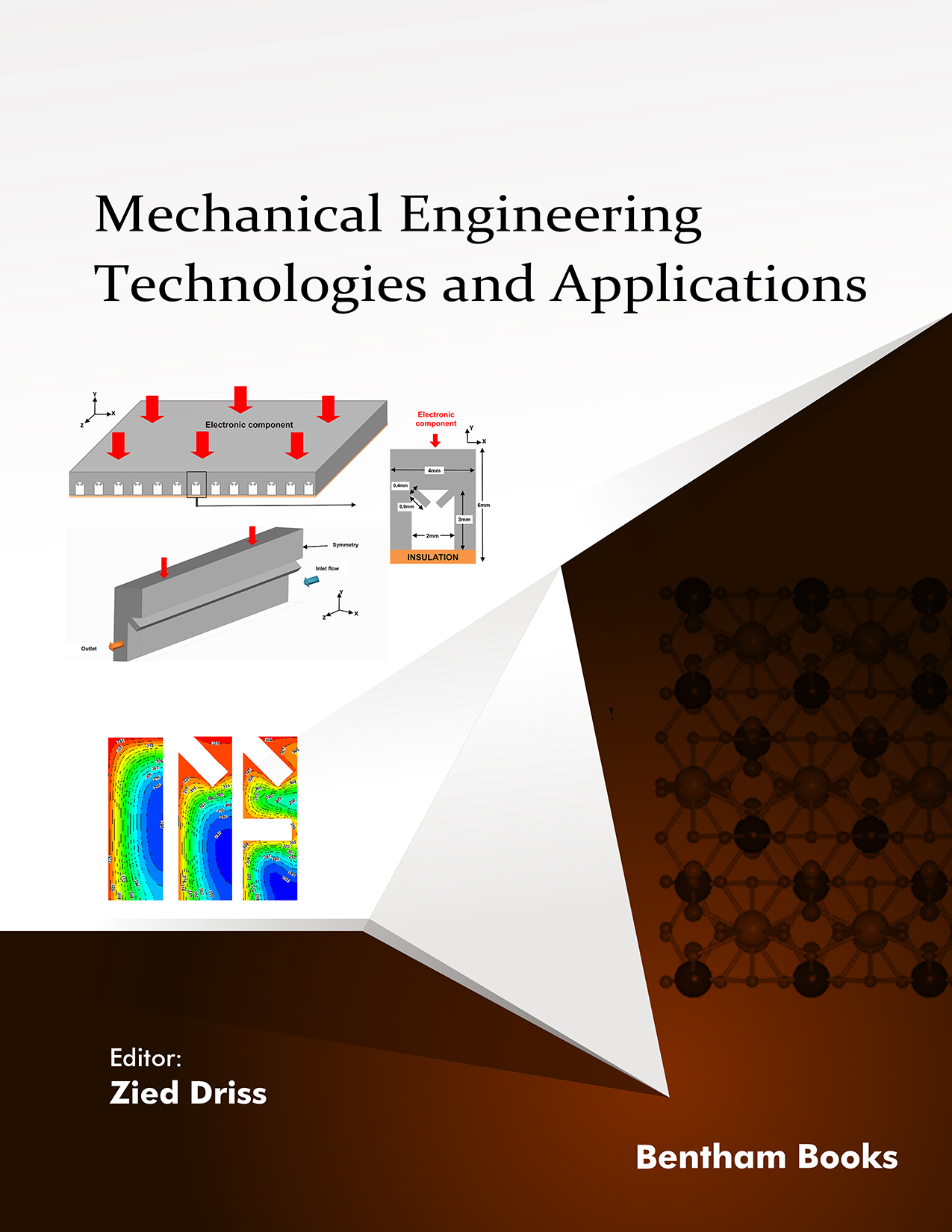
Mechanical Engineering Technologies and Applications: Volume 2
Nov 2023
Book
Zied Driss
This book focuses on cases and studies of interest to mechanical engineers and industrial technicians. The considered applications in this volume are widely used in several industrial fields particularly in the automotive and aviation industries. Readers will understand the theory and techniques which are used in each application covered in each chapter. Volume 2 includes the following topics: Numerical investigation of turbulent slot jets with various nanopa Read More
No more items...

